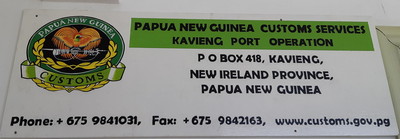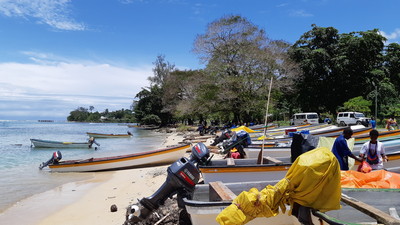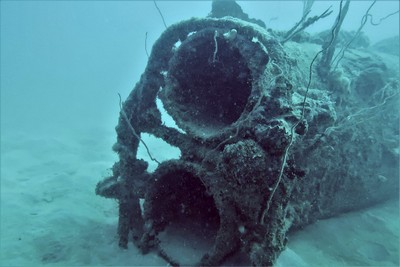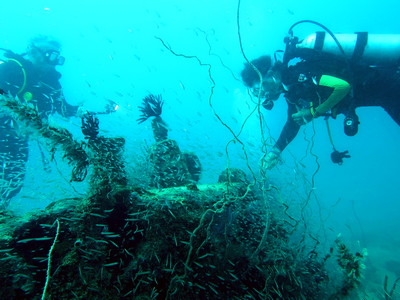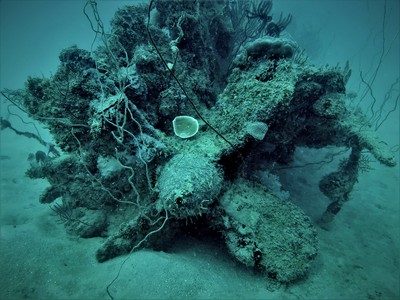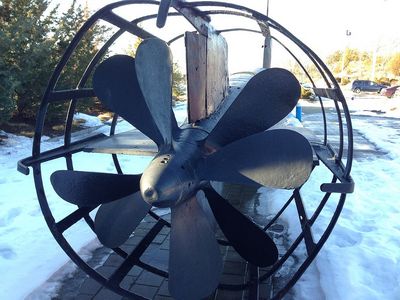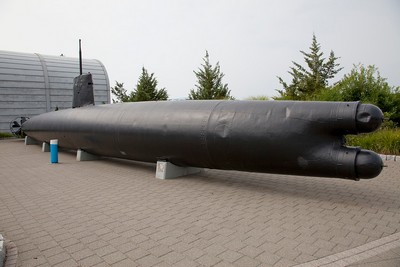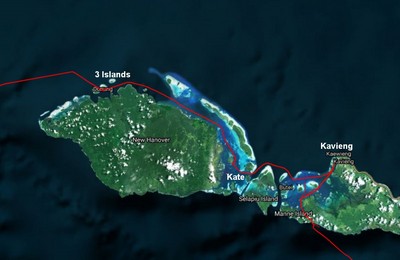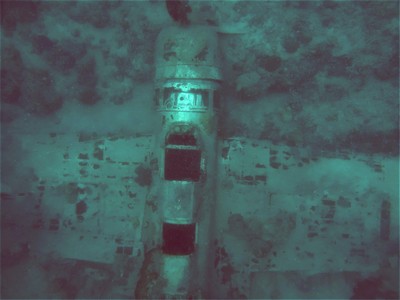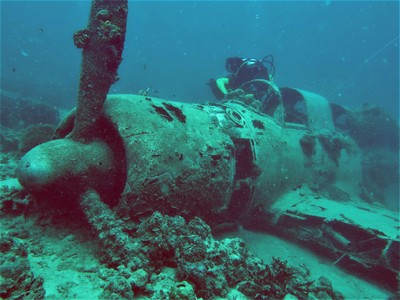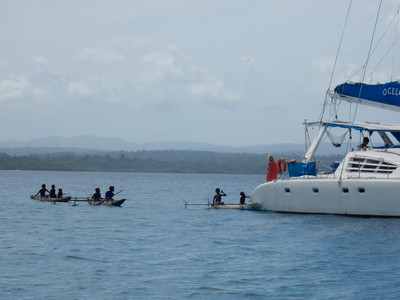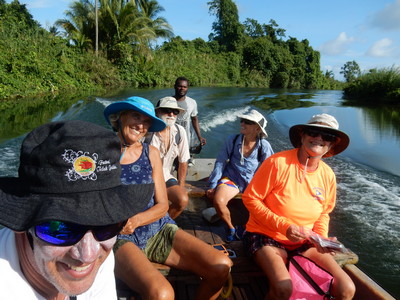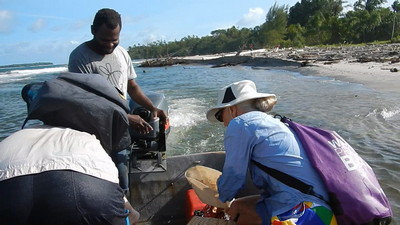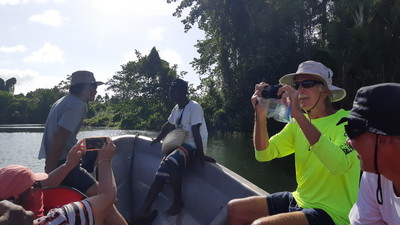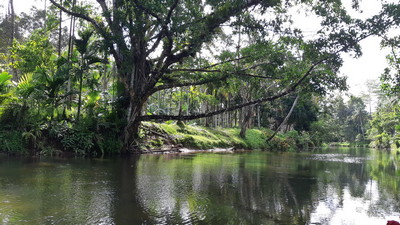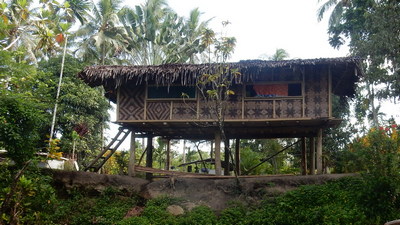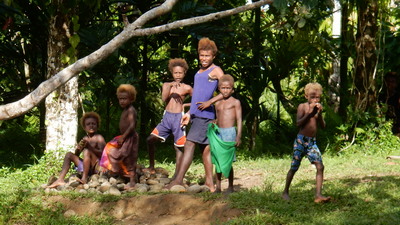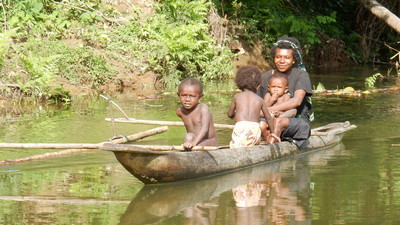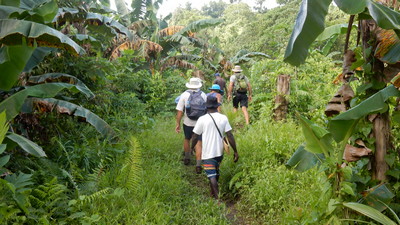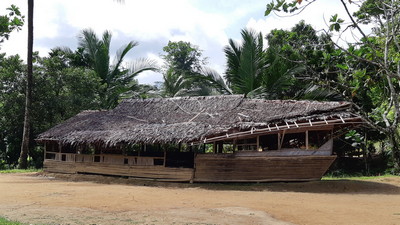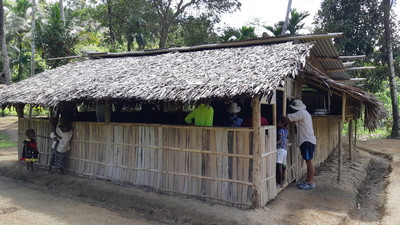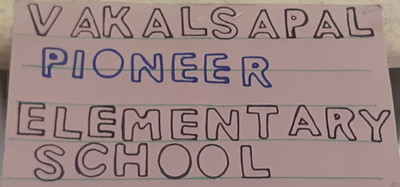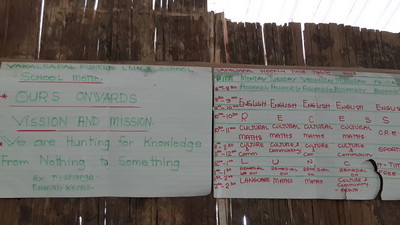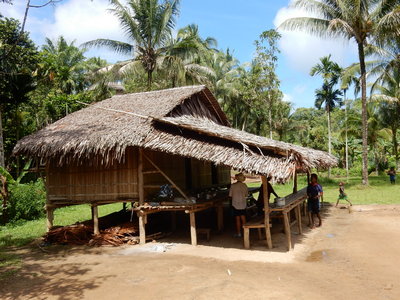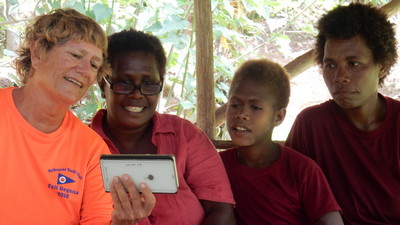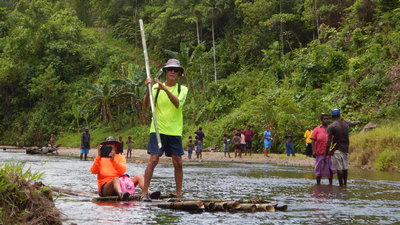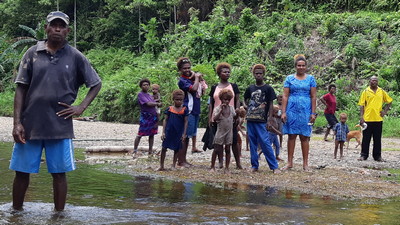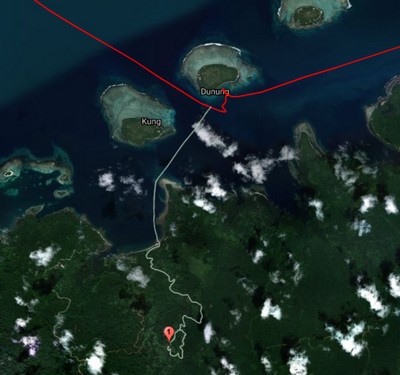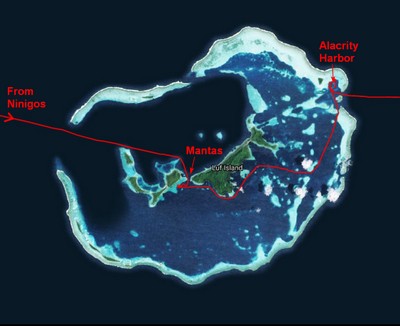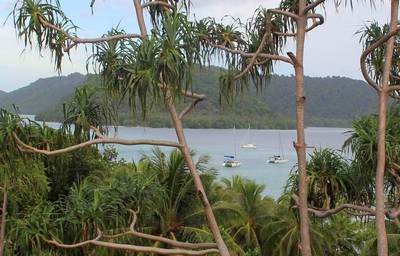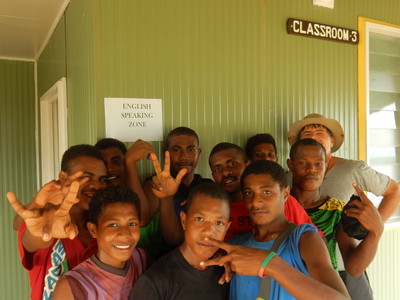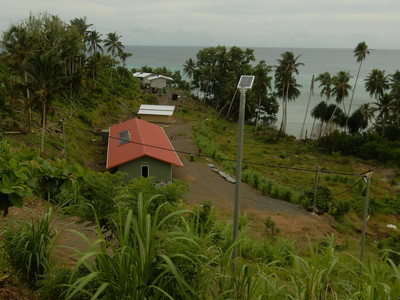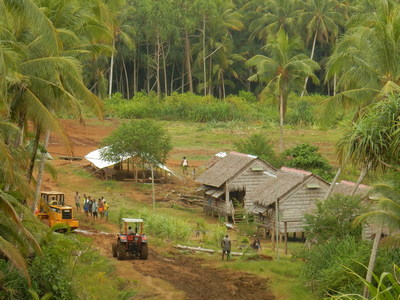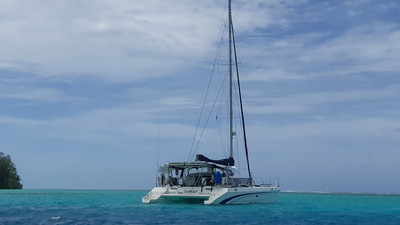Feb 13-15, 2019
The next islands to the east of the Hermit Group is Manus Island and surrounding islands, a short overnight away (approx 92 miles). Another cruiser had anchored in a couple of spots along the north coast of Manus in 2017 and again in 2018 and didn't have any problems, but the people of Longan in the Ninigos told us vehemently to avoid it.
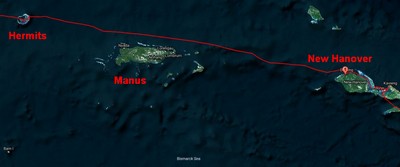 Overview of Our Trip
Overview of Our Trip
Apparently a boat of theirs had gone missing on the trip back from Manus and they felt it was due to piracy, not weather. In PNG, the "pirates" are called "rascals". Typically they are not pirates, but young drunk men looking for easy money or free beer. But in a few places there have been reports of armed gangs pillaging small towns. With a very ineffective and fairly poor and corrupt central government, not much is done when there is a report of such activity out in the outer islands of PNG. So cruisers are well advised to keep asking the question of the friendly locals as they move through the islands "Where is it safe for us to stop?" We had decided to give Manus a pass, and go straight to New Hanover, about 300 miles to the ESE.
On our CSY, we'd normally figure 120-130 miles per 24 hour day on passage. I think our record was around 145 miles, as we tended to reef early and jog along comfortably rather than pound along witl full sails up. On the catamaran, with a favorable wind, we can easily do 7 knots, making 170 nm per day if the wind stays steady.
The goal is to arrive in daylight. It's tricky, when you have unpredictable weather, and it's more difficult to guess arrival time, the longer the passage is. You have to do the math "If we make 5 knots, we'd arrive at X time, and if we make 7 knots, we'd arrive at X time." As we found on approaching the Ninigos, it's not easy to slow a catamaran down with the wind and current behind you.
Looking at the weather, which forecast 15-20 knots behind us, Indigo, who has a full complement of sails and tends to actually use them, thought they could make the 300 nm in 2 long days and one overnight, averaging around 8.5 knots. So their plan was to leave at "sparrow fart" (aka Oh-Dark-30) and press on as fast as possible. We reluctantly agreed to try, knowing that if we couldn't keep that speed up, we'd have to arrive in the dark. But we had good satellite pictures for the arrival harbor, and it looked pretty wide open to come in. And Indigo would presumably be there to help guide us in to a safe spot to anchor in the dark.
But at departure time the next morning, we had heavy rain, 100% overcast and squally weather. With the adage "You can't pick your weather on passage, but you CAN pick the weather you leave in," Soggy Paws and Ocelot decided to stay put for a day. Indigo chose to leave, as the wind was forecast to lighten up the next day. Berzerker, our token monohull, who has a slower top speed, decided to leave mid-day, after the worst of the rain cleared out, knowing that it would take them at least 2 nights, maybe 3, to make the 300 mile passage.
So Ocelot and Soggy Paws departed Alacrity Harbor together at 0630 am a day after Indigo did. We managed to get ourselves out of the 6ft deep anchorage and into deeper water with no problems. But somehow... as we were navigating around to an open space where we could put the sail up, a coral head jumped off the bottom and bumped us. It was one that didn't show up in our satellite imagery (or at least one I hadn't noticed). We would have seen it in daylight, but being dawn, we didn't see it. Fortunately, it was just a momentary bump on the keel, and no damage to the rudder or saildrive. Whew!
With the lighter winds on our passage, we averaged about 6 knots. We had to reef in a little bit to keep from running away from Ocelot, who is quite a bit heavier than we are.
Besides a few squalls, the biggest challenge--as usual--were lights in the night. On an open sea, in the dark, a small light could be a small light in a fishing boat 1/2 mile away, or a big light on a tanker 10 miles away. It's hard to tell. AIS helps a lot, but not every boat has AIS. Radar can help too, but mainly with the bigger ships, and those usually have AIS. On my watch, I could see a glow on the horizon, no AIS, and no radar signal. Hmmm, what the heck was that? It turned out to be a stationary (fishing?) platform beyond my radar horizon. It took several hours to pass, and I worried about the possibility of smaller boats out with nets. But never saw another light.
Sometime during the daylight hours on the 2nd day, we saw a signal on the AIS about 6 miles in front of us, going very slowly across our path. Hmmm, not a factor. But wait, he turned around, and now he's going the other way at 8 knots. Then he stopped almost right in our path. As we got closer, we could see he was a fishing boat. To make sure we stayed out of his way, we called him on VHF and asked him what his intentions were.
"I am chasing the fish," he said.
"Are you going to continue on your current course?"
"I am chasing the tuna. Where the tuna goes, I go."
He never would say that he was continuing on his current course, or what he was doing, except chasing a large school of tuna. He told us to maintain our course and we would be OK. Thankfully, the tuna must have headed NW away from us, because he soon ran off at 8 knots. So we avoided any close encounters with a tuna boat.
After a gentle second night, mostly going wing on wing, we arrived at Three Island Harbor, New Hanover, and anchored around 8:30am. This spot is also known as "Clem's Place" after the name of the most prominent person on the island. Clem and his wife run a backpacker surf resort on the island.
-----
At 2/15/2019 2:00 PM (utc) our position was 02°22.21'S 150°07.27'E


